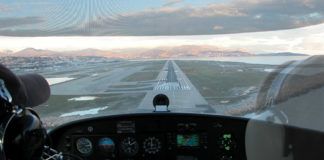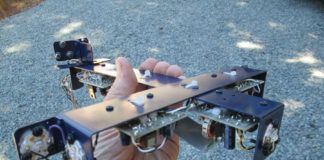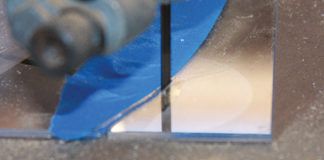Doug Reeves’ “Unusual Attitude” article in the February 2012 issue provoked a lot of responses. Here’s a sample.—Ed.
Safety…in Numbers
Doug Reeves directed us all to call him on doing something stupid. He flatly tells us to not fly in an airplane with a “car engine.” Seriously? What exactly does he consider an “aircraft engine?” Where does the venerable Rotax 912 fit into this spectrum? I fly a Sonex with an AeroVee engine that I built myself. I must be the craziest, most daring pilot around. It’s a wonder I have been able to cheat death for the last 80-plus hours! Does he know that some of the major aircraft engine producers also made engines for cars?
This really flies in the face of what kit planes should be about. I don’t fault him for being conservative, but to condemn those who are a little more adventurous is nuts.
—George Painter
Thanks for publishing articles on a most needed subject concerning flight safety. Many pilots probably think accidents only happen to others, but they need to be reminded and enlightened with the possibilities. Some may think Doug Reeves went too far, but he didn’t mention the chances for survival in a low-wing airplane that turns over in an accident, especially off field and in the event of a fire. I have seen pictures of this, and the chances of escape are slim without help. Getting out of an airplane quickly is paramount. Low-wing airplanes make a lot of sense from a strength and simplicity viewpoint, and they project the fighter-pilot image, but they are not in the best interest of safety. Why aren’t there more kits for high-performance, high-wing airplanes? Steve Wittman had the right idea with his Tailwind.
—Lloyd Embert
I enjoyed Richard VanGrunsven’s article [“Unusual Attitude,” January 2012] on improving safety and agreed with every point. And Doug Reeves’ comments are relevant enhancements. However, something has been missing in all of this, and it is the role of the kit manufacturer in improving safety.
There are a number of ways where the kit manufacturer has ample opportunity to have an effect on the safe use of its product. First is design. The plane doesn’t have to be easy to fly, but it has to be predictable within the scope of its mission whether cruising, back country exploration or aerobatic. Then there is crash survivability—pilot protection in tip overs and impacts, easy exit, cabin design to minimize injury, and materials and design that minimize fire danger are only some of the areas that occur to me. Over-designing critical areas so that amateur building mistakes don’t cause in-flight failure is yet another area. And, finally, clear instructions so that the manufacturer’s intention is clear to the builder. I think that sometimes these elements get overlooked in the search for performance and appearance.
—Bill Chenoweth
Department of Corrections
February 2012: On Page 44, the carburetor shown is an AvStar. (Thanks, Michael Grome). On Page 52, the “36 Euros for a full recharge” should have read .36 Euros.
In March 2012, on Page 21, the LSA weight requirement is listed as 1320 pounds or less empty; it should have read 1320 pounds or less gross.




